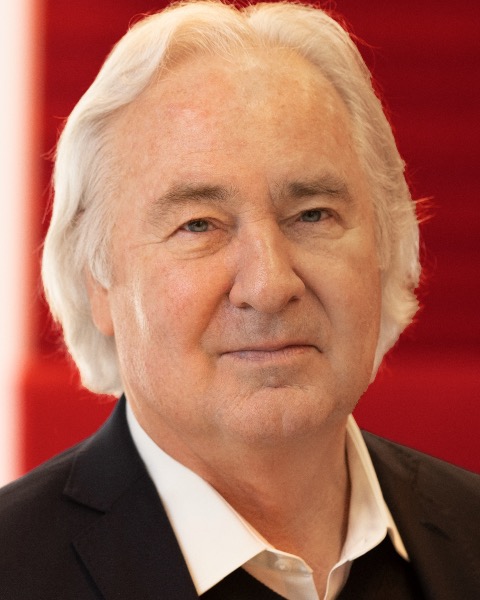Academic and Research Skills
Basic Science
Clinical Research
Developmental Biology
General Pediatrics
Global Neonatal & Children's Health
Neonatology
39th Annual Audrey K. Brown Kernicterus Symposium
-
JW
Jon Watchko, MD (he/him/his)
Professor Emeritus
University of Pittsburgh School of Medicine
Sewickley, Pennsylvania, United States -

Cynthia Bearer, MD, PhD (she/her/hers)
Professor of Pediatrics, Wm. & Lois Briggs Chair of Neonatology, Chief of Neonatology
Pediatrics
UH Rainbow Babies & Children's Hospital/Case Western Reserve University
Cleveland, Ohio, United States -

David Stevenson, MD (he/him/his)
Harold K Faber Professor of Pediatrics
Stanford University
Stanford, California, United States
Chair(s)
Session
Description: The annual symposium will explore the mechanisms underlying the development of hazardous hyperbilirubinemia and bilirubin neurotoxicity, highlighting their clinical implications. This year’s program features two leading experts in the field. Dr. Robert D. Christensen will review the laboratory tests used in the diagnosis of neonatal hemolysis and highlight the use of end-tidal carbon monoxide (CO), corrected for ambient CO (ETCOc), measurements as a diagnostic tool. Dr. Michael Kaplan will highlight the role glucose-6-phosphate dehydrogenase (G6PD) deficiency plays in hazardous hyperbilirubinemia risk and the varied temporal patterns of postnatal hyperbilirubinemia observed in this condition. A better understanding of neonatal hemolysis and hemolytic conditions that drive the development of hazardous hyperbilirubinemia will improve clinical practice and reduce the incidence of bilirubin neurotoxicity globally.
Learning Objectives:
- Upon completion, participants will be able to list four readily available laboratory tests that are used as biomarkers for hemolysis in the neonate.
- Upon completion, participants will be able to describe the physiologic basis of end-tidal breath carbon monoxide (ETCO) quantification for diagnosing and quantifying hemolysis in neonates.
- Upon completion, participants will be able to describe the various temporal patterns of hyperbilirubinemia reported in neonates with glucose-6-phosphate dehydrogenase (G6PD) deficiency.
Presentations:
-
11:30 AM - 11:55 AM ETA “Gold Standard” Test for Diagnosing and Quantifying Hemolysis in Neonates and Infants
Speaker: Robert D. Christensen, MD (he/him/his) – University of Utah School of Medicine
-
11:55 AM - 12:20 PM ETControversies in Our Understanding of Extreme Hyperbilirubinemia in G6PD-Deficient Neonates
Speaker: Michael Kaplan, MB ChB (he/him/his) – Hebrew University, Jerusalem, Israel
